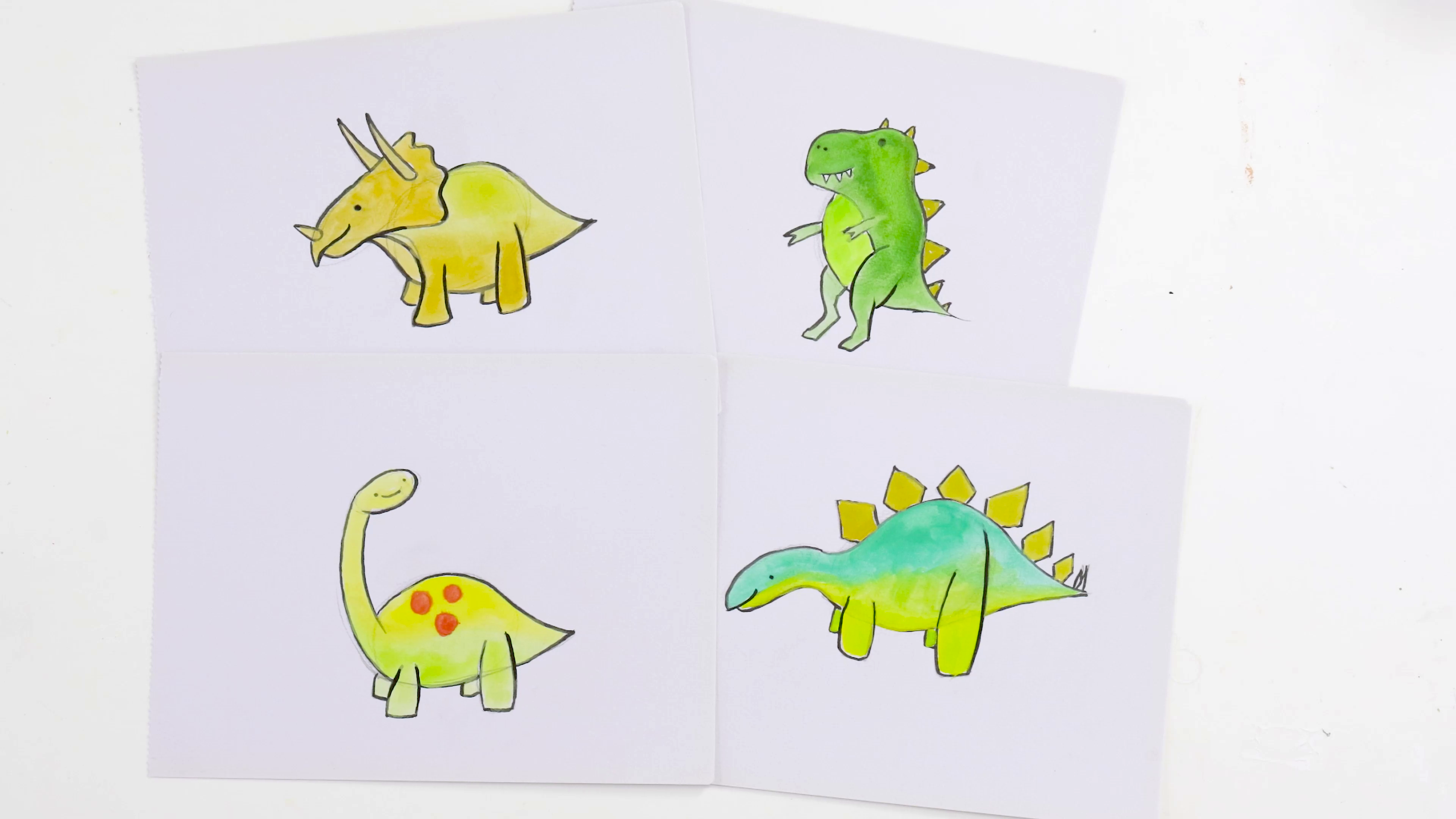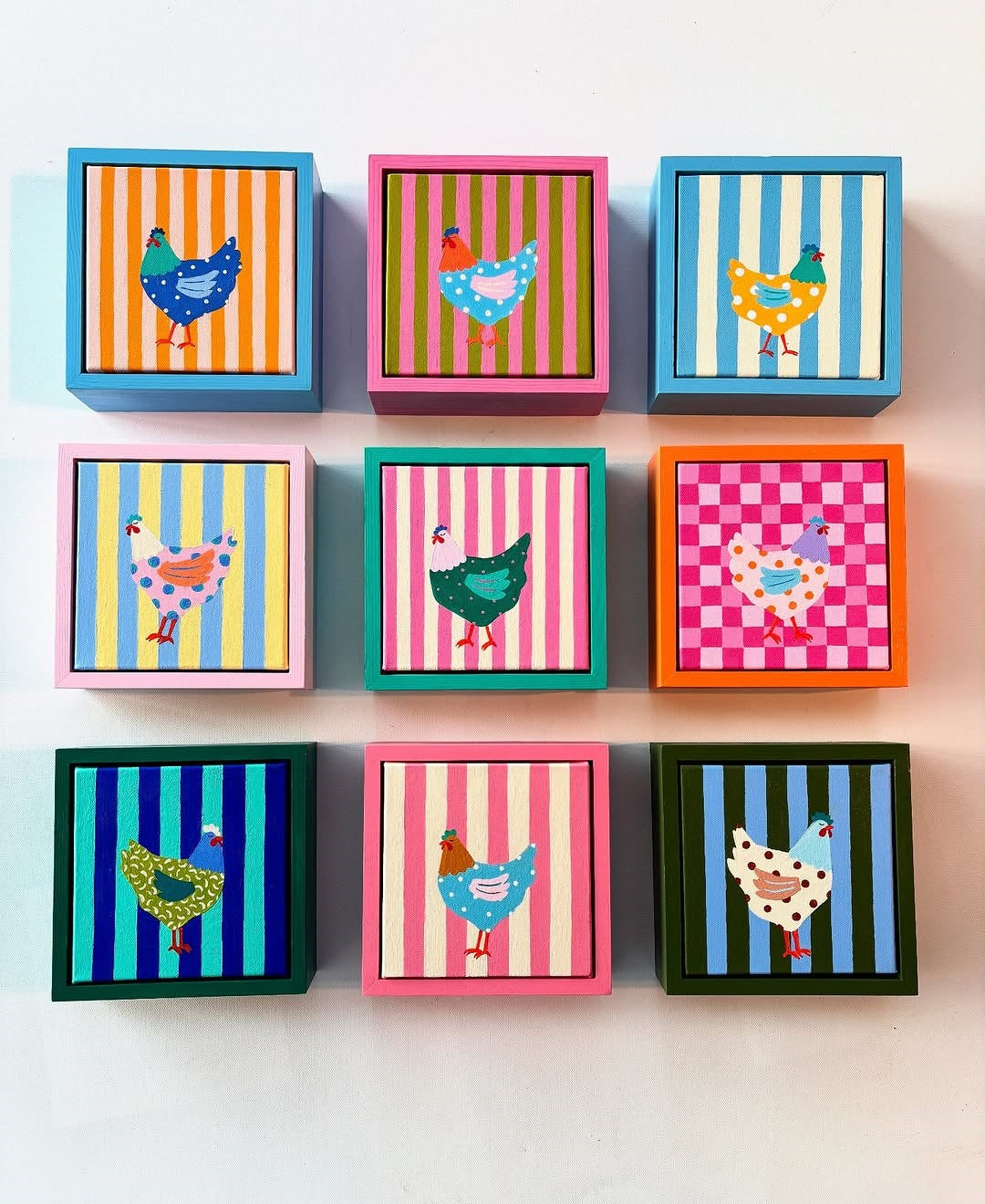The beauty of a still life painting is that you can take an everyday item and turn it into a masterpiece. It doesn’t have to be the fruit scenes you often see, it can be any object you like – flowers, books, your favourite food (donuts included) or anything else you have around the house. To help you get started, we’ve listed our top still life painting tips.
1. Choose a medium that suits you
When it comes to mediums, the choice is yours. Still life painting can be done with oil, acrylic or watercolour – it just depends how you want it to look and what effects you’d like to create. Even though each medium is handled differently, the rest of our still life painting tips can be applied to all of them.
2. Pick a subject you’re interested in

Choosing a subject that you like is an important part of the process. Your passion and interest in the subject will usually carry through to the finished work. For example, if you love roses, include them in your still life set up. Or maybe you really like the form of certain fruits – place them in your composition.
3. Carefully compose your scene
When people look at a painting, they generally look from left to right (i.e. how a painting reads). This is known as how a painting ‘reads’. The way you place your elements can impact this natural progression, so keep this in mind when you’re composing your still life. Once you’ve decided what you’d like to include in your painting, you will need to set it up. There’s a lot to keep in mind, but here are our top tips:
a) Don’t place objects equal distances from each other or in a line (this will make your painting repetitive)
b) Place some elements closer to the viewer and some in the distance to create depth
c) Avoid making your setup cluttered
d) Remember, a good still life painting makes opposing elements complement each other ( big and small, sharp and soft, smooth and rough)
e) Avoid placing the main element on the left side of the canvas (this can affect how your painting is read)
4. Set up a single light source

When you’re painting an indoor scene there can be a lot of light sources coming from different directions. To create a beautiful contrast between light and dark, try setting up your still life with a single light source. Make the contrast even stronger by using a dark backdrop (like a sheet or painted board) and set up your light source at a 45 degree angle.
5. Photograph your set-up
Taking a photograph of the set-up can help in a number of ways. It gives you the opportunity to critique the composition and make improvements before you start painting and also allows you to capture the set up in case you need to move it. The camera also shows the light and shadow in a simplified way which makes it a great reference when you start painting your still life.
6. Use colour theory

Now that you’ve got your composition planned out, it’s time to put together a colour strategy. Choosing colours that work well together will create beautiful harmonies in your still life painting. If you need to brush up on your colour theory, grab a colour wheel and use it as a guide. For example, if your still life includes oranges or peaches, you might like to mix blue or violet (the ‘opposing’ colours in the wheel) into the background tone.
7. Create a dark background
While we’re on the topic of background tones, we thought we’d throw in an extra tip for you. If you keep the background dark and simple, this will create depth and help make the colours and form of your still life stand out.
8. Give your still life a 3D effect

Create a 3D effect with highlights and shadows. You should be able to see where the highlights appear and the shadows fall in your reference image or setup. Make sure they are always consistent with the direction the light is coming from and work with the form of your elements (for example, there might be a crescent highlight on a round object).
9. Add some colour to your shadows
Shadows are rarely straight black, so mix in a touch of colour to make them look more natural. A great way to do this is to mix a complimentary colour with black – for example, if you’re painting a green apple, mix a small amount of red into the shadow.
10. Use both soft and hard edges
The way that you paint edges can have a big impact on form and the 3D quality of your objects. Instead of drawing an outline and filling it in with colour, work on building up the form of your objects. This will help give your still life painting a 3D effect. Use clean, sharp edges for flatter elements, such as paper or leaves, and soft edges for fuller elements, such as fruit.
Now that you’ve got a few still life painting tips up your sleeve, you’re ready to get started! We’d love to see what you create, so feel free to tag us on Facebook or Instagram with @montmarteart to show us your masterpiece.


































